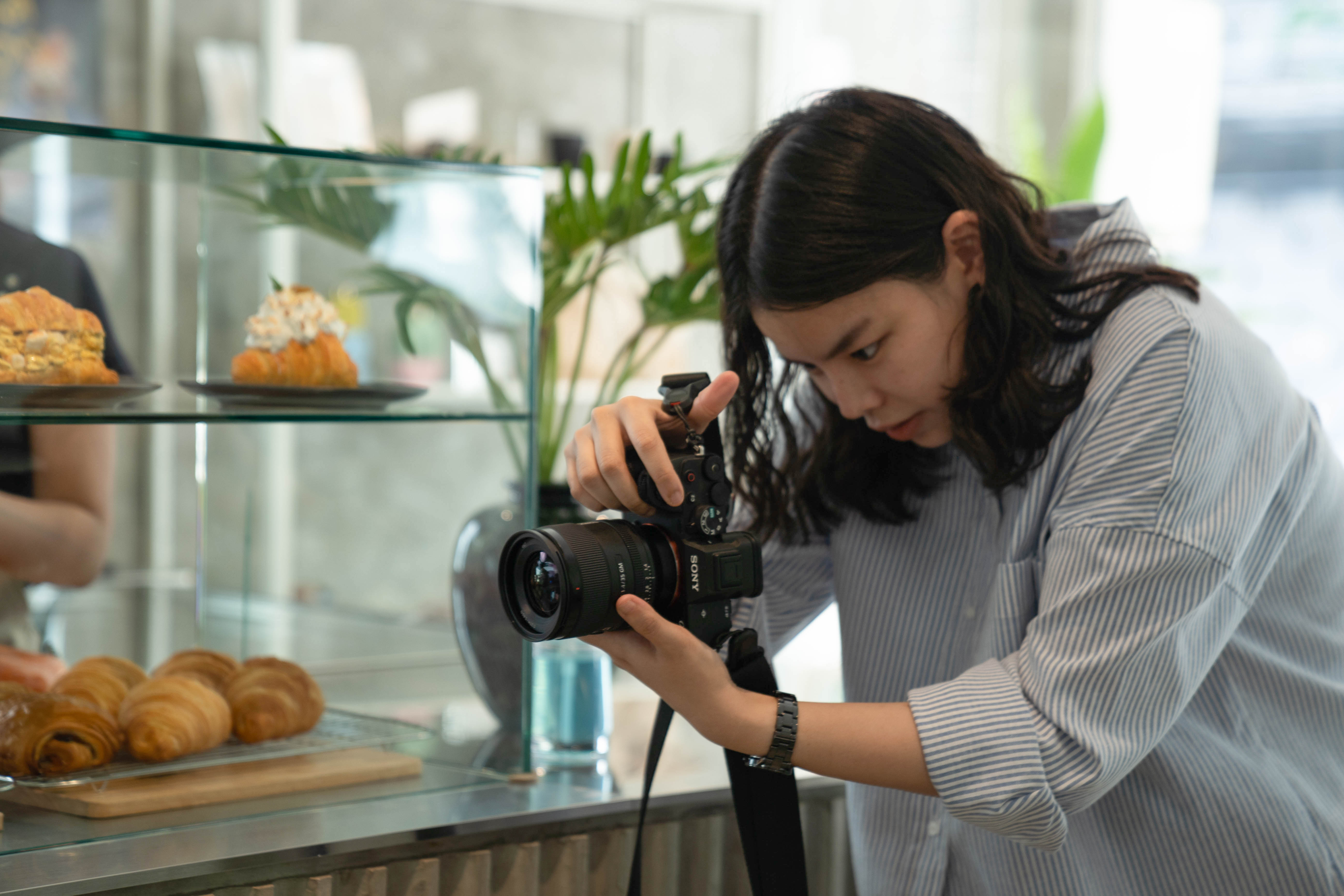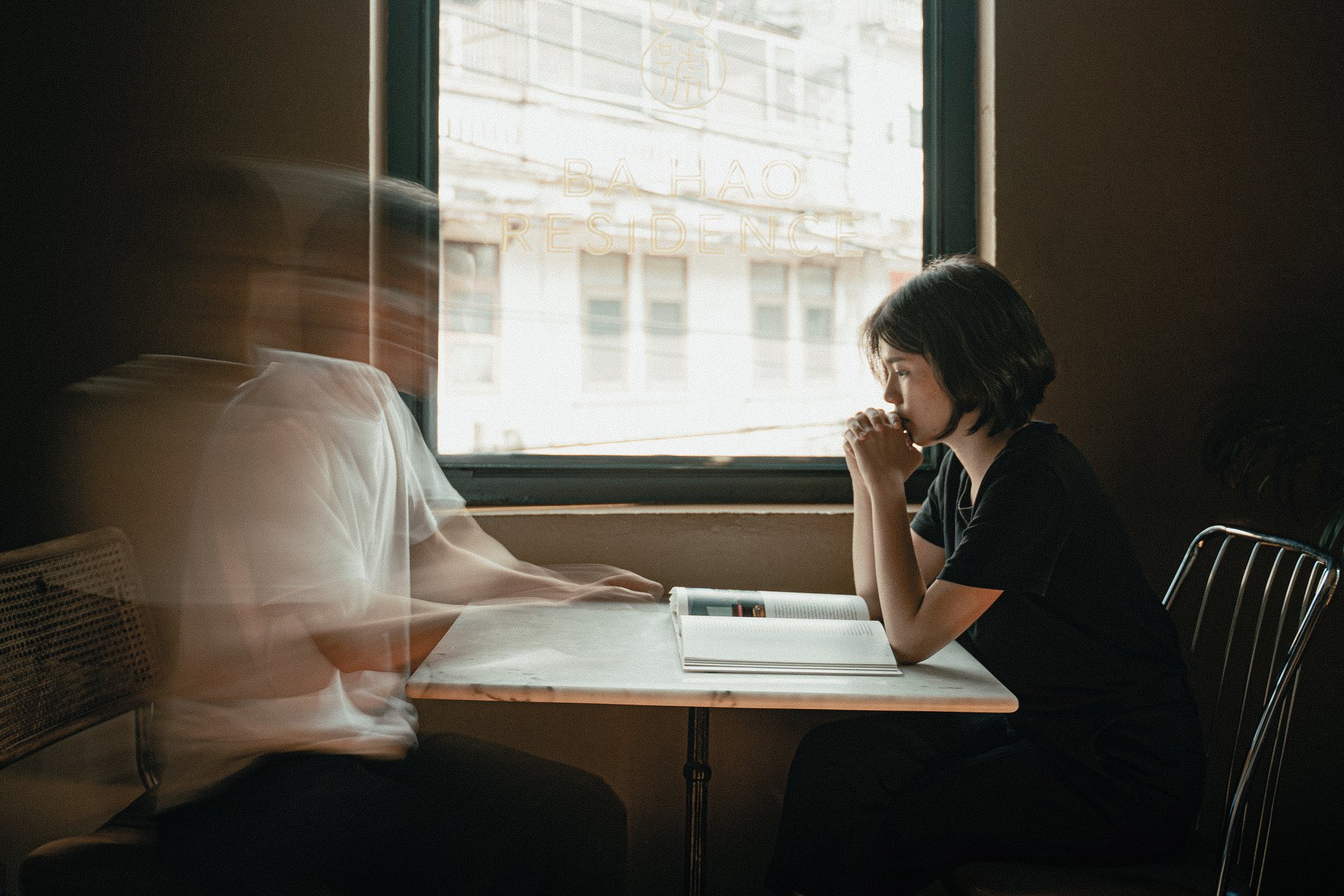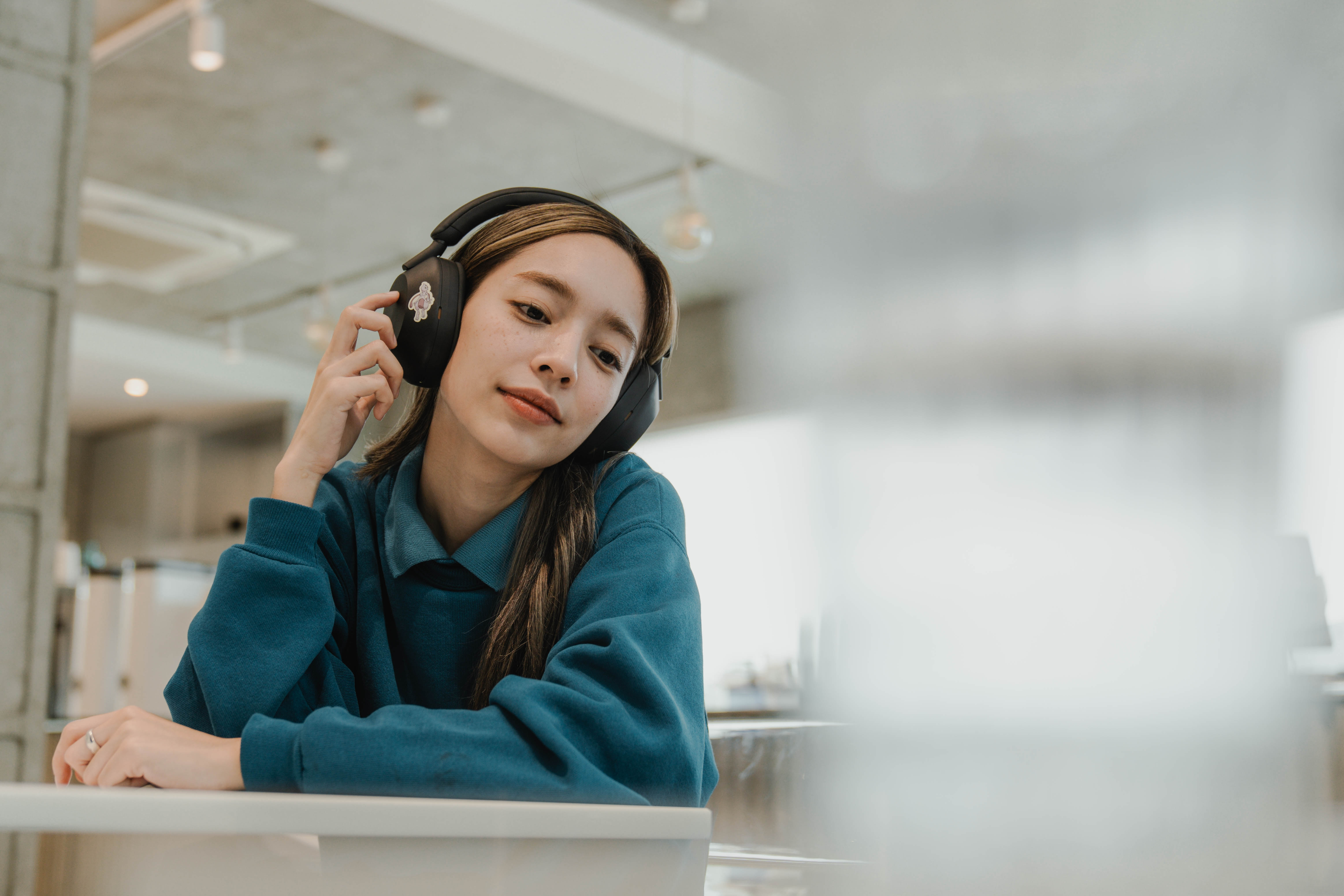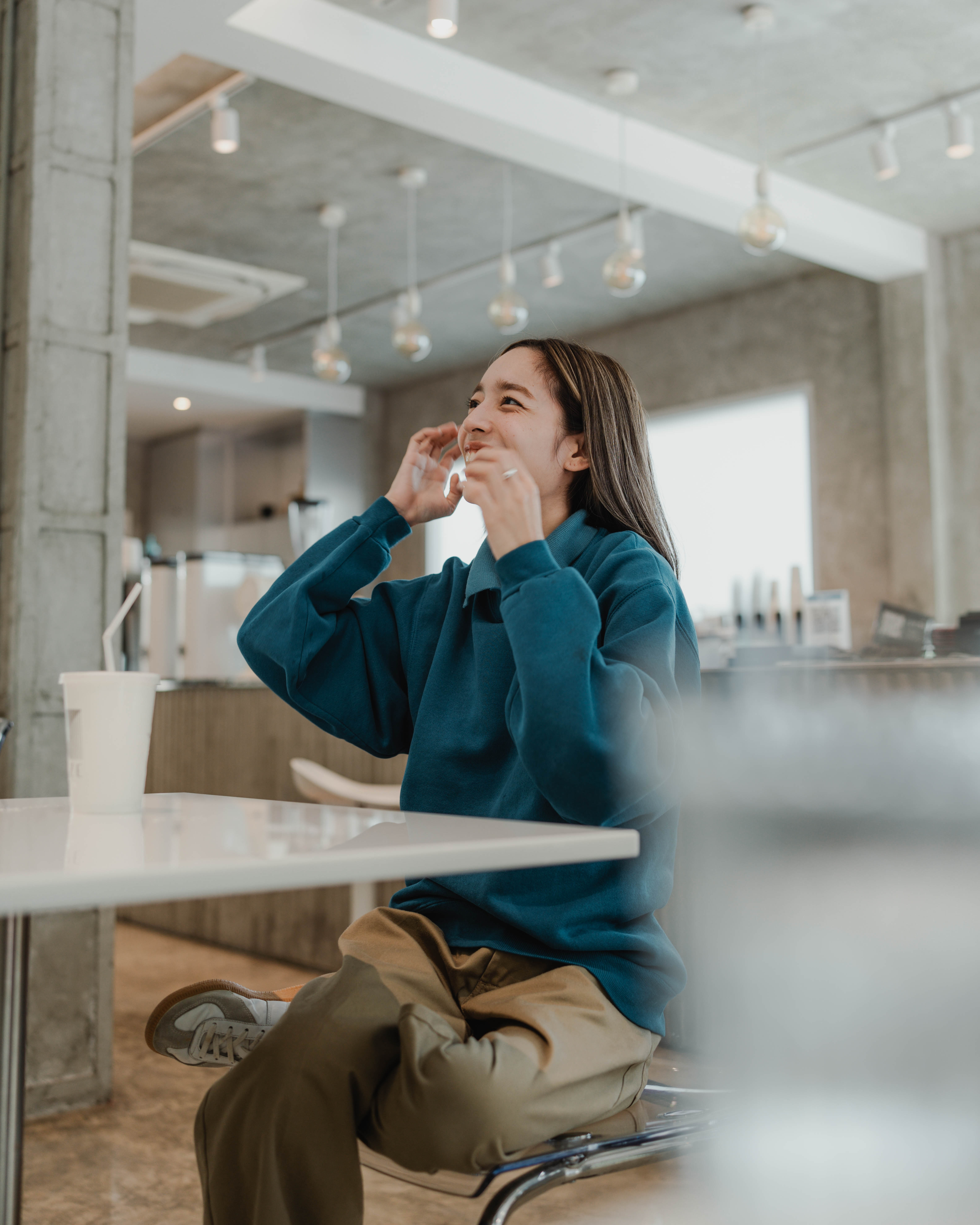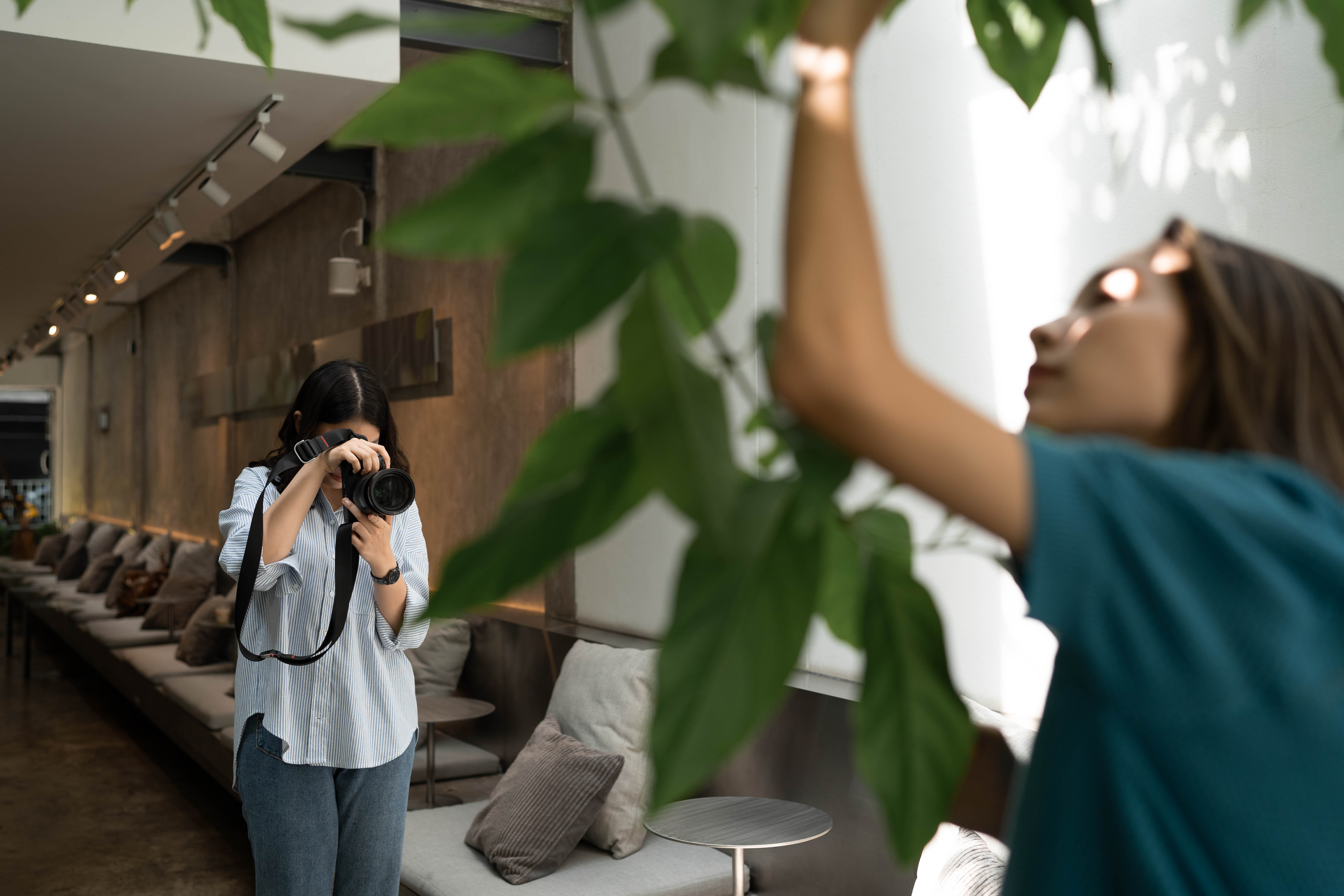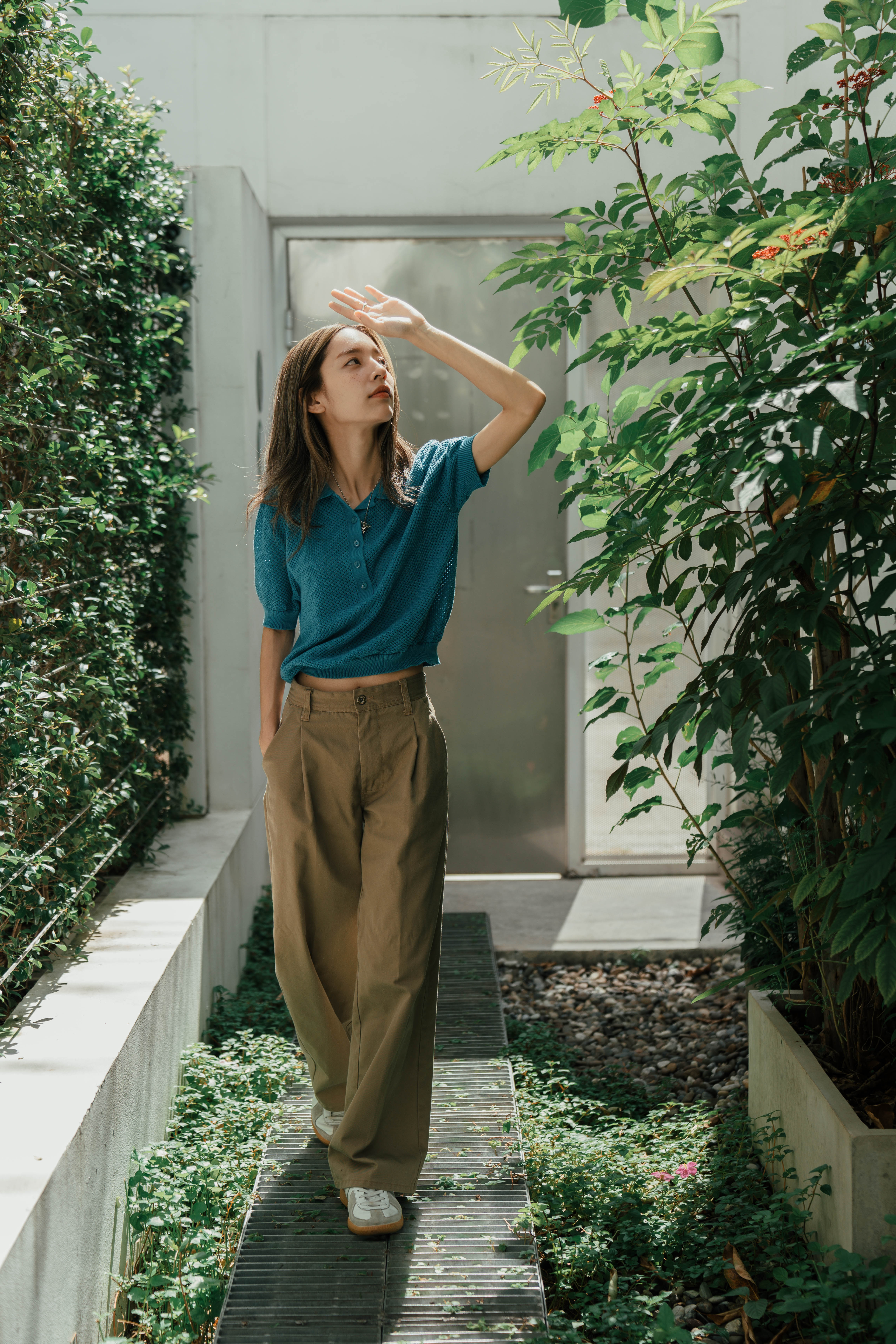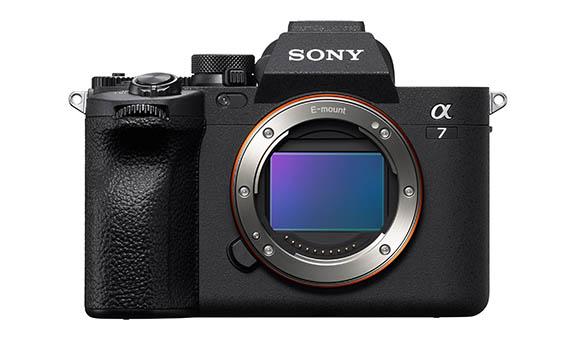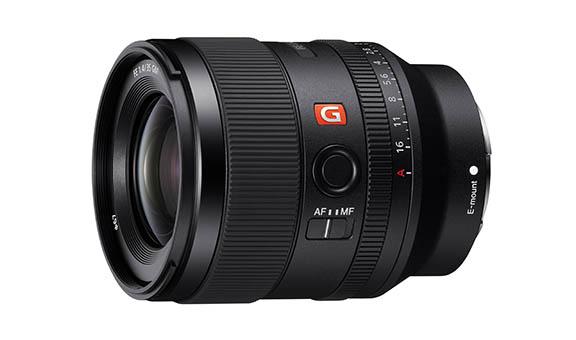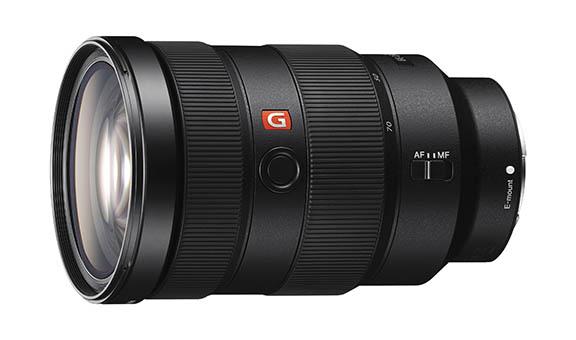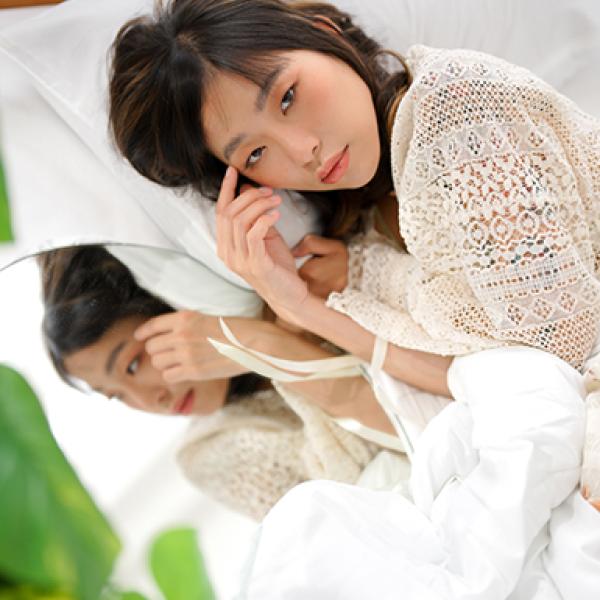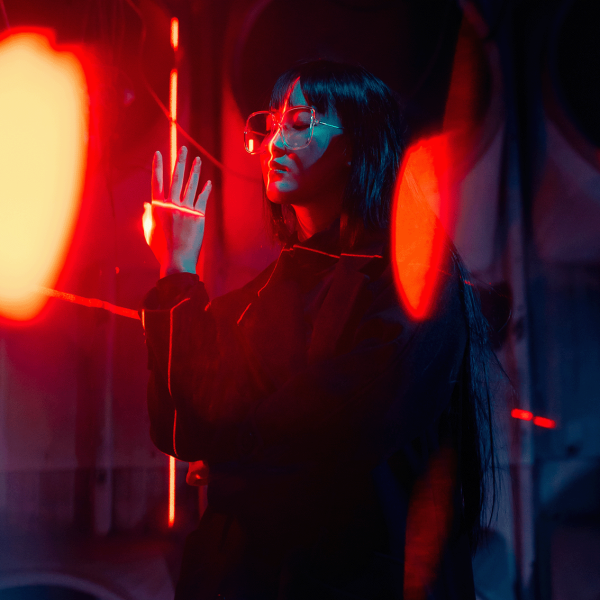Portraits with Gift Lee Part 3: Conveying Human Stories Through Portraiture
From poignant black and white images to photos with loud and creative concepts, the stories told through portrait photography heavily depend on the photographer’s style of execution. The goal is to convey human emotions through visuals, but how do photographers achieve this? Portrait photographer and content creator Gift Lee shares with us her secrets to creating visually arresting portraitures.
Gift’s interest in the genre stemmed from taking candid photos of her friends whenever they travelled together back in college. While it started out as merely collecting memories, Gift decided to make a profession out of her passion for photography.
“Portrait photography has magnetism. People like seeing people. Another thing that I find truly fascinating is that in many cases, you can almost tell what kind of relationship a photographer has with the one whose photo has been taken by looking at the picture alone,” said Gift. “You literally show someone how you see them, and if you're good at it, you will be able to capture a very beautiful essence of that person and show them how special he or she really is. It’s very special.”
Engage with a Community of Photographers
To improve her craft, Gift connected with a community of photographers with different styles and approaches to photography. The community bounces ideas off one another and takes inspiration from each one’s works. A common practice is to work together and come up with a narrative or a concept to work on whenever they are inspired by another piece of art—whether it is a photo, movie, or a beautiful place.
One concept they worked on recently was the ‘Ghost of the Past,’ which tells the story of a lover that got away. Each member had their own interpretation of the concept. Gift, particularly, used the long exposure technique to create a ghost-like effect in a gloomy location, exuding reminiscence and melancholia to match the theme.
“It’s always fun and eye-opening to see how other photographers work on the same project,” said Gift.
Formulating Compositions: Follow your Gut
In every shoot, Gift carefully considers the overall composition. She usually watches out for visual elements like negative space, colours, lines, and discernible shapes that could make or break her composition. “If one of those elements feels out of place, a bit too much or distracting, it’d be a great idea to try adjusting the composition,” she said.
Of course, the composition should complement her models. As a general rule, she avoids any element that appears to stick out of the subject’s head, like a column or anything vertical, avoid shooting on a tilted horizon, and avoid cutting the model’s limbs from the frame.
One thing she maintains is to look out for photographers you admire, inspect their works and learn from them. Personally, she takes inspiration from acclaimed photographers Annie Leibovitz and Todd Hildo, whose works are inspired by classical painters.
“I think it is safe to follow your gut and learn from that. Exploring other visual arts like paintings, films or graphic designs also helps. Some photographers, like Annie Leibovitz for example, clearly have some influence from classical paintings. Todd Hido, whose work reminds me a lot of Edward Hopper, a realist painter, and J.M.W. Turner, a romantic painter, is also another artist that I look up to. I’m a movie enthusiast myself, so I tend to intuitively use a bit of movie-like compositions in my photos as well,” she said.
In terms of candid portraits, meanwhile, she believes that imperfection gives more depth to the photo and the character she is presenting. Following Hollywood photographer Greg Williams’ approach, Gift embodies either of the two types of a photographer during shoots: be a participant or be an observer.
Both approaches produce two completely different kinds of portraitures. To be a participant in a shoot, you will need to engage with your models and guide them throughout the shoot. This creates unique energy between the two of you, which evidently translates into the images as well. On the other hand, as an observer, you’ll need to give your model the freedom to interact with your lens. This is usually used for candid photos. Despite the difference in energy, both approaches can create stunning images. If you’re in doubt about which approach to use, remember that you can always make both approaches work for you through practice.
“Most of the time, I don’t even care if the photo is blurry if it captures a great moment. Sometimes a little bit of imperfection does give more meaning to an image,” she said.
Smooth Communication with Your Models is Key
In every portrait photo shoot, the rapport between the photographer and the model is crucial to the results. Working with models means giving them a lot of encouragement to help them be more comfortable in front of a camera, said Gift. While she works with professional models, sometimes, she would need to give them directions since they don’t see themselves in front of a camera. For the models’ sake, she also asks them their preferred side of their faces to make the shoot work for both parties.
“I’d try my best to keep talking and give a lot of positive encouragement. This is not my strongest suit, and sometimes I need my friend to help with that, but it always works wonders,” she said. Other times, she’d even ask them to move their body, like walking back and forth, while she shoots using hi-continuous shooting mode. This creates an interesting effect and may even produce natural-looking shots.
One of the most common challenges in shoots, meanwhile, is shooting a model that is inexperienced in front of a camera. Since they may tend to be self-conscious and tense, Gift suggests they bring someone they are comfortable with so they can be at ease during shoots.
“If they can’t bring someone along, I’d always bring a friend of mine who is known to be very friendly and easy-going, who has a way of making people feel at ease. It works every time,” Gift said.
Remember that in portrait photography, there is no one way to capture your subjects. While there is no formula to develop your desired portraiture style, we hope that Gift’s insights can get you to spice up your creative juices and begin conceptualizing your next shoot!
“It’s best to keep your shoot fun and relaxed for both you and your model. Remember to have a good time because despite how good you are as a photographer, that will always show in photos,” advised Gift.

